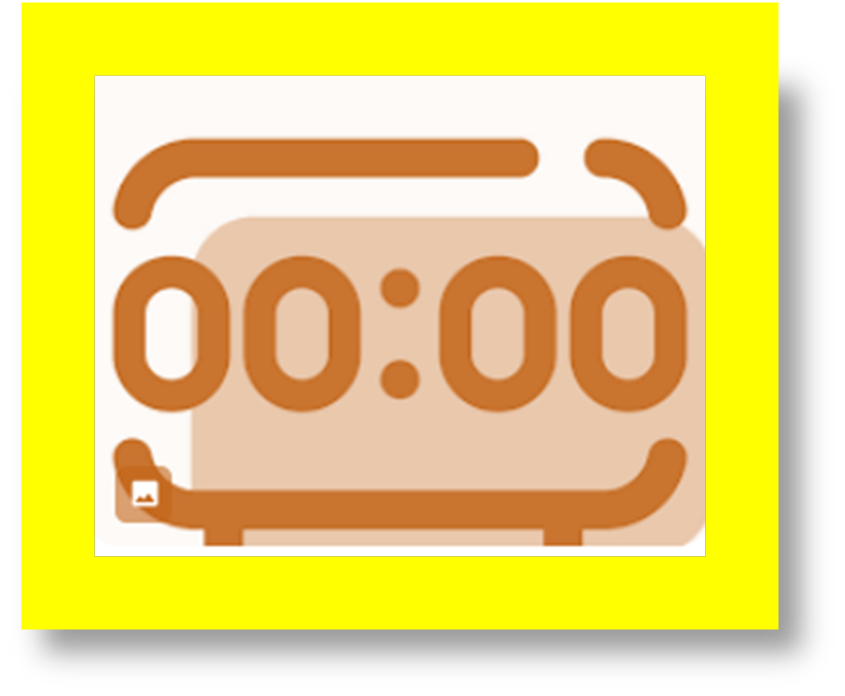Adapted letter tracing exercise for non-writing benefits to children with dysgraphia
- Lalit Kishore
- Jul 13, 2021
- 1 min read
Updated: Jul 14, 2021

The activity of letter tracing is way for children to get familiar with the shape and structure of each letter and as to train fine motor muscles of the dominant hand to for proper writing-stencil's grasp and enhance the ability to write each letter. For normal children tracing the dotted letters is an important precursor to freehand writing through daily practice. For each letter tracing worksheets are used with step-by-step directions for hand movement.
However, for dysgraphic children, the filling the gaps with broken-line letters was tried at Disha in Jaipur as well with a child in the clinical situation not for writing skills but for other purposes as follows.

To practice static pencil grasp with a short pencil or modified writing utensil (a chalk-stick with a pen cap for use on a slate as shown)
To make the process slow as 'go and stop' break-ups to enhance self-awareness and attention
To affect cognitive development about shapes and structures of letters and acquisition of literacy skills
To transfer of static pencil grasp to spoon-grasp for proper eating as activity of daily life
In a clinical study, it was found that some dysgraphic children require specs along with ergonomically adapted writing utensil for easy of activity.
Also. demonstration, guided practice and independent practice for many hours are required to get the non-writing benefits of 'fill-in-blank' activity for each letter.




Comments